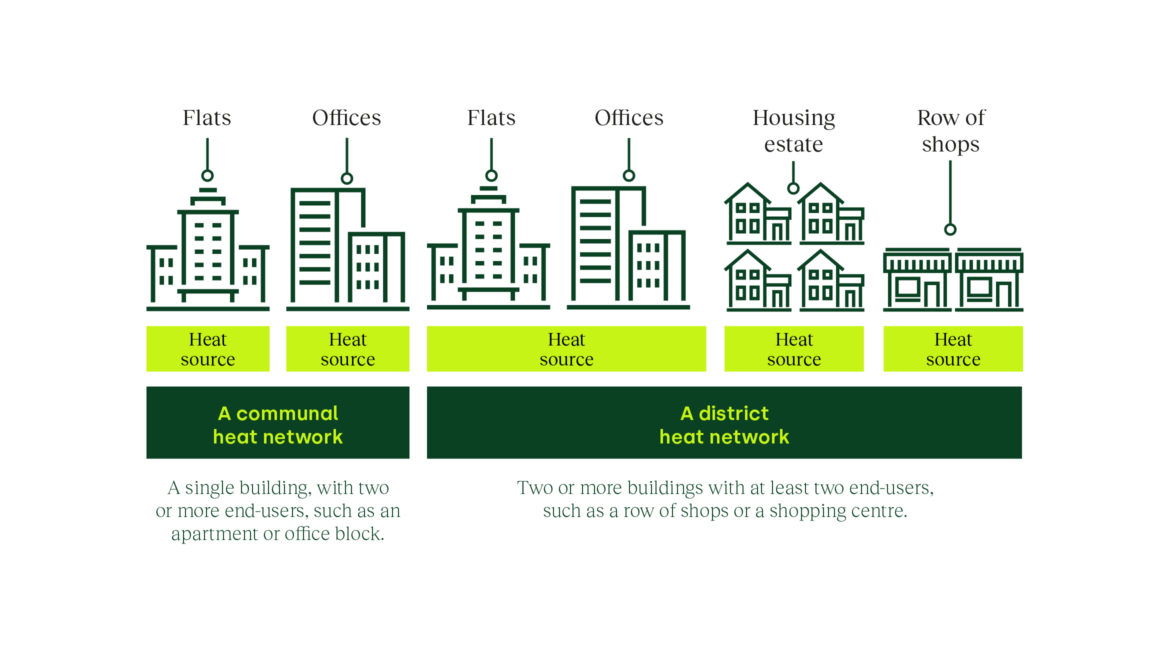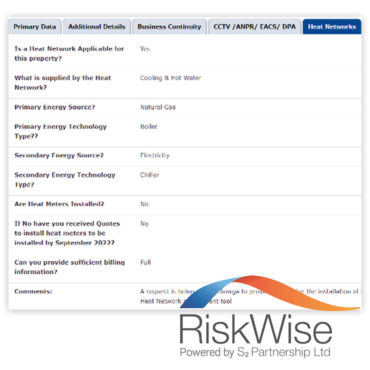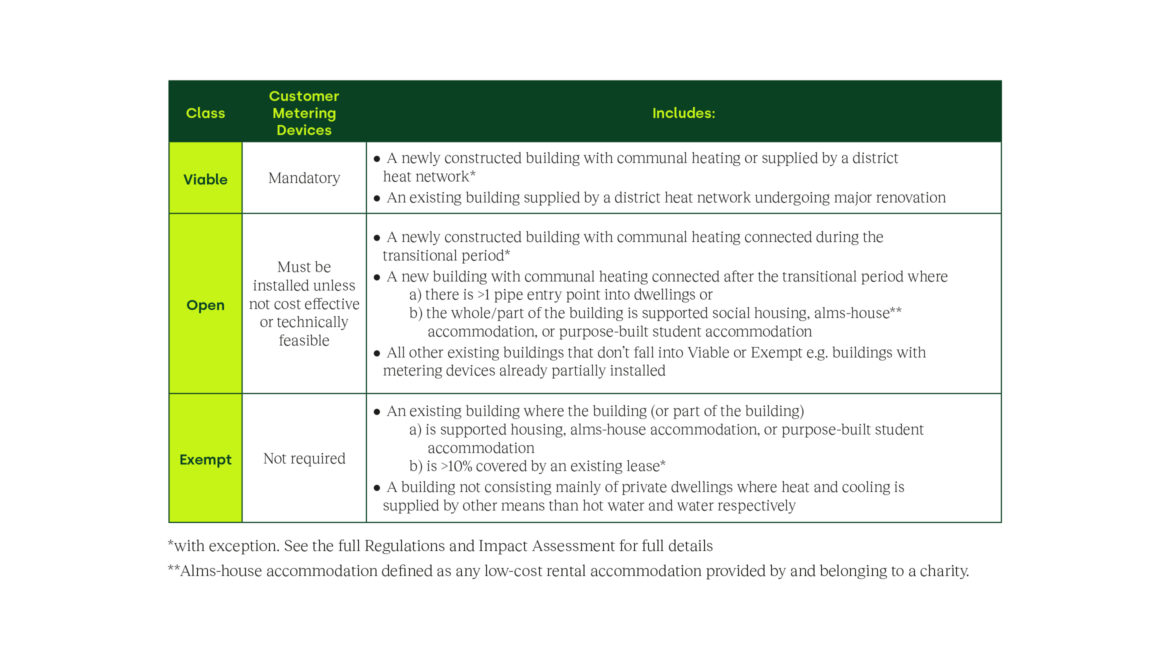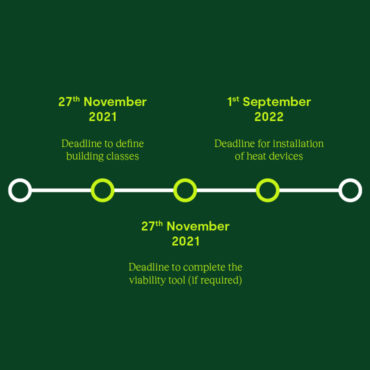
News • 26/05/2021 • 5 minutes read
A guide to the Heat Networks Regulations amendments (2020)
Your existing building and heat networks may require the installation of additional heat meters or heat cost allocators, depending on whether your building is considered ‘viable’.
Introduction
The Heat Network (Metering and Billing) Regulations (HNMBR) affect owners and managers of heat networks in the UK.
The regulations require heat network operators to notify the Government about their heat networks every four years and, where required, to install heat metering devices on those networks.
The UK regulations relate to the distribution of thermal energy from a central source to more than one end user, building or location for the purposes of heating, cooling or hot water supply.
The person or body ultimately responsible for supplying and charging these end users (termed a ‘heat supplier’) is obligated to meet three key stipulations, explained in this document.
What does a ‘heat network’ mean practically?
If a multi-let commercial building generates heat or cooling that is used by more than one tenant, the heat network regulations apply. There are two formal descriptions for heating networks:

What is MAPP’s approach?
MAPP has previously submitted information on heat networks. We suggest double-checking that your buildings have been submitted already. A list is available for all buildings where we have made a submission in Riskwise.
The Facilities Management team in conjunction with our Mechanical, Electrical and Plumbing (MEP) partners will be leading this project. However, where this leads to large-scale meter installations, this will require a competent Building Surveyor to be appointed to fulfill the CDM requirements. MAPP’s in-house Building Consultancy team will be able to review and assist when these occasions arise. The change in regulations may result in the need for more heat meters to be installed across our portfolio. This in turn will likely help form part of our client’s Net Zero strategy.

RiskWise
As with the first submissions, the Facilities Management team are continuing to utilise our RiskWise system.
Riskwise has been updated to capture the new key information and deadlines at relevant properties where we believe a heat network exists.
As part of the current MAPP MEP Consultant Mobilisation rollout, our appointed consultants are confirming the quantity of:
- Heat Meters,
- Heat Cost Allocators (HCAs) and
- Thermostatic Radiator Valves (TRVs)
This data will be captured in RiskWise so within one click at property level we can analyse this with the Building Consultancy and Facilities Management Technical Services team to identify opportunities. Furthermore, this will allow updated reporting on this subject.
Vitality assessment requirement
We are also working with our Energy Broker ALFA Energy to collate the relevant Fuel Consumption data from their portal. This information is required to complete the Heat Networks amended Viability Assessment.
Jason Collett and the Facilities Management Technical Services team can provide assistance and if required will liaise with the client and technical consultants. Jason and the team will develop an asset-specific cost model to undertake the desktop Viability Assessment.
Fees for carrying this out are available upon request and instructions should not be left too close to the 27th November 2021 deadline.
There are now three building classes that have been introduced under the amended regs:
1
Viable
Must install heat meters.
2
Open
Meters must be installed if the result of cost-effectiveness assessment is positive.
3
Exempt
No action required.
If buildings fall into the viable or open class, heat network operators have until 27th November 2021 to complete a tool to assess whether it is cost effective to install heat metering devices.
Mechanical & Electrical (M&E) Contractors
For affected buildings our consultants are instructing the appointed M&E Contractors to:
- Provide costs for adding heat metering to the hot water, chilled water and DHW (Domestic Hot Water) pipework on to each floor or tenants demise (if there are more than one tenant on a floor.)
- Provide costs to install TRV’s (Thermostatic Radiator Valves) on tenant radiators that do not have these installed.*
- Provide a cost breakdown following quoted surveys instructed from the service charge to install HCA’s (Heat Cost Allocators) on each of the tenant’s radiators.
- Provide a cost for data gathering equipment so that consumption through the heat meters and HCA’s can be read remotely.
Our Consultants will compare these quotes against the BEIS (Business, Energy and Industrial Strategy) guidance that provides example costs to ensure that the quotes are cost-effective before entering into the assessment tool to establish viability. Where not financially viable, properties may be exempted from the scheme.
*Please Note: Radiators outside the tenants demise (i.e. common parts HCA’s will not be required.


What will happen if you don’t comply?
From 1st September 2022, owners can be prosecuted for failure to comply. This is explained in the OPSS enforcement policies document.
Risks for landlords
- Non-compliance risk – Risk of enforcement action/financial penalty for non-compliance.
- Timescales are relatively tight. High demand may cause long lead times.
- Important to use a meter specialist for installation/commissioning.
- Capital costs need to be understood as soon as possible where meters are required so this can be budgeted for.
Benefits for landlords
• Improve energy monitoring of heating and cooling to improve energy efficiency.
• More fair/equitable recharging to occupiers.
• Increased direct cost recovery, lower service charge costs – attractive to occupiers.